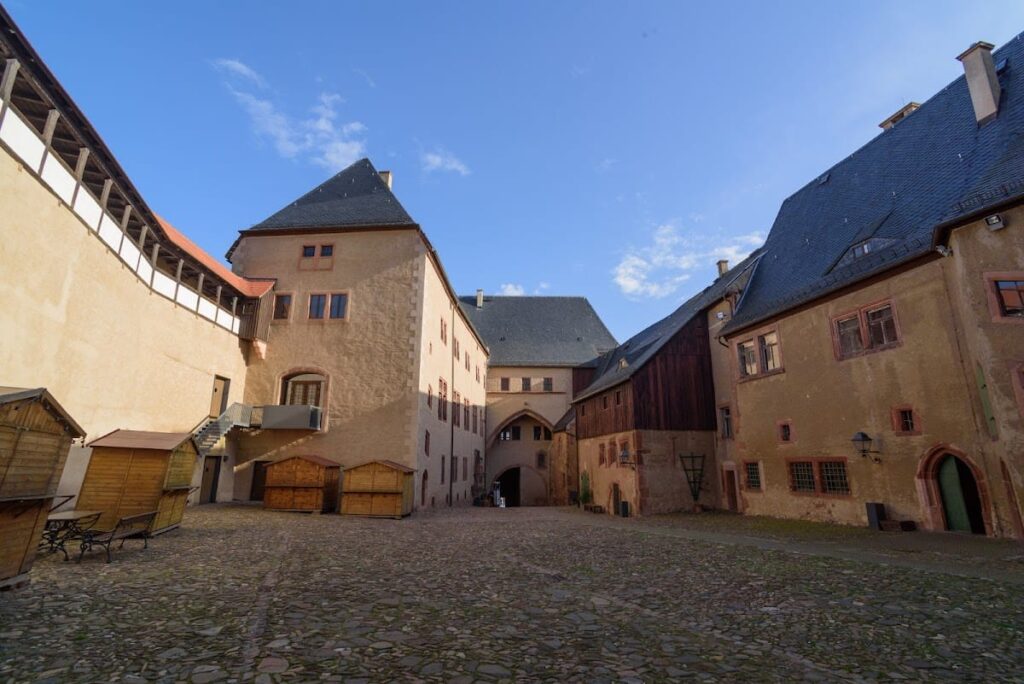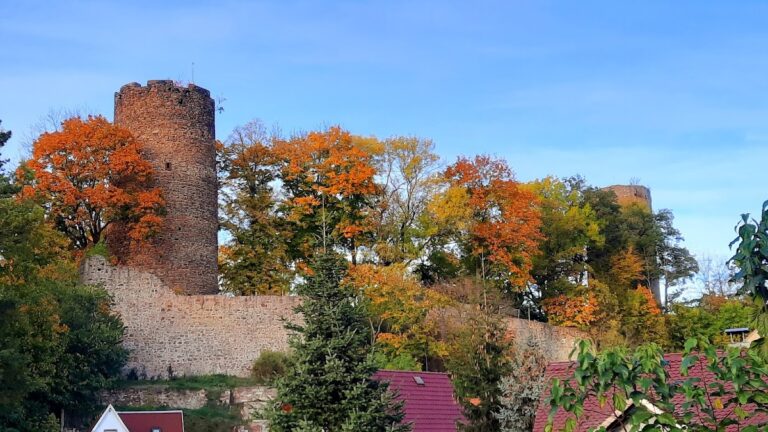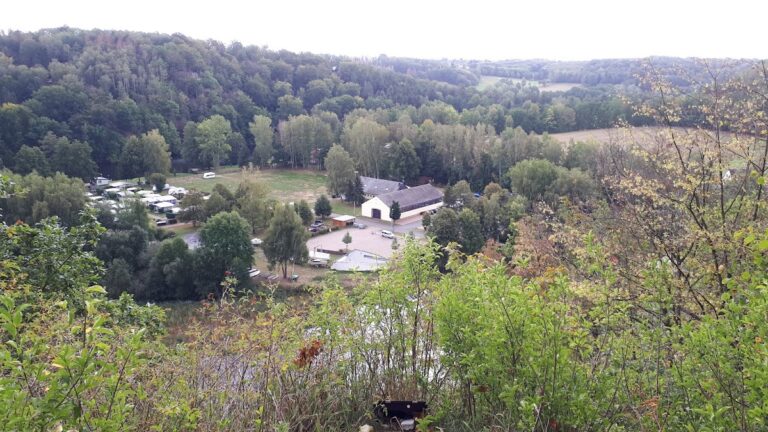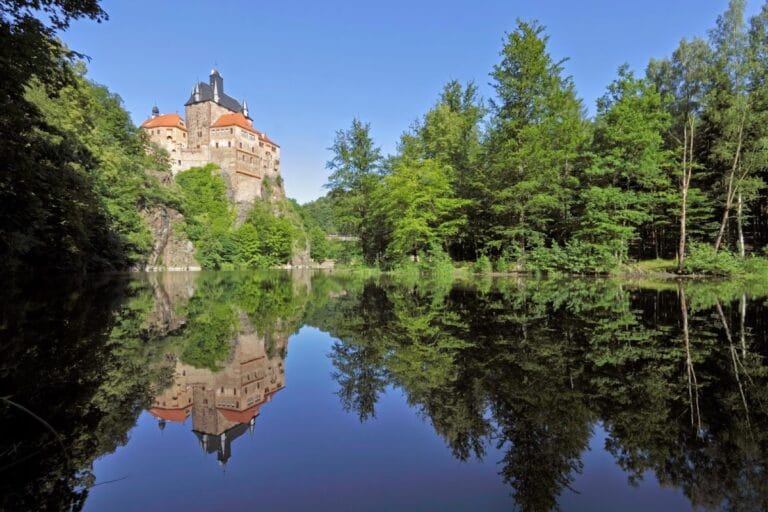Rochlitz Castle: A Historic Fortress in Germany
Visitor Information
Google Rating: 4.7
Popularity: Medium
Google Maps: View on Google Maps
Official Website: www.schloss-rochlitz.de
Country: Germany
Civilization: Medieval European
Remains: Military
History
Rochlitz Castle stands on a rocky spur near the Zwickauer Mulde river in what is now Rochlitz, Germany. Its origins trace back to the 9th and 10th centuries when Slavic peoples built fortifications on the adjacent Nosswitzer Schlossberg. These early defenses formed a small district center known as a burgward. In the latter half of the 10th century, the site developed into an imperial fortress under the Holy Roman Empire, marking the beginning of the castle itself.
In the 11th century, Rochlitz Castle became a significant stronghold for the Salian dynasty. Emperors Henry III and Henry IV are recorded to have stayed there, underscoring its importance as a royal residence and military base. The castle and town experienced conflict during this period, including a destructive fire in 1009 caused by a family feud.
King Conrad III gifted the castle to the Wettin margraves in 1143. The Wettin family retained control until 1918, using the castle as a princely residence, a widow’s seat, and a hunting lodge. The castle housed members of the Saxon princely family on eight separate occasions. In 1223, the castle endured a siege by the Thuringian landgrave, reflecting ongoing regional power struggles.
The late 14th century brought major changes under Margrave Wilhelm I, known as the One-Eyed, and his brothers. They initiated extensive Gothic rebuilding, transforming the castle into a key administrative and judicial center for the margraviate. This period established much of the castle’s current form and function.
During the 15th and 16th centuries, the castle expanded further. It hosted notable residents such as Duchess Amalia of Saxony and served as the residence of the Grand Master of the Teutonic Order from 1507 to 1510. Renaissance influences appeared with remodeling efforts that adapted the castle into a hunting lodge and added pleasure gardens.
The Thirty Years’ War in the 17th century brought hardship. Swedish troops occupied the castle multiple times, and in 1645, the lower castle was destroyed by fire. It was eventually demolished in 1717. The 18th century saw the castle repurposed as a regional administrative seat and court, with parts of the structure removed or altered.
From 1852, the castle included a prison, requiring significant structural changes. It also housed a museum starting in 1892, which grew over time. During World War II, the castle stored cultural treasures evacuated from other locations. After 1945, it served as a US Army prisoner of war camp, then as a Soviet NKVD headquarters and camp until 1947.
Following 1960, the castle accommodated various civic uses, including a museum, archive, and daycare. Since 1994, the Free State of Saxony and the State Palaces, Castles and Gardens authority have overseen extensive restorations and archaeological work, investing around €16 million by 2014 to preserve the site.
Remains
Rochlitz Castle occupies a complex site divided into three main parts separated by moats. These include the Nosswitzer Schlossberg to the west, the main Rochlitzer Schlossberg with the castle itself, and the lower castle area with the eastern outer bailey and St. Peter’s Church. The castle sits on a rocky spur above the surrounding streams, providing natural defense.
The castle’s current appearance largely reflects a Gothic remodeling from the late 14th century. Key features from this period include the Fürstenhaus, or princely residence, built between 1375 and 1380, and two towers known as the “Jupen,” constructed around 1390. The transept with its chapel and the south wing were also rebuilt at this time.
Earlier Romanesque elements survive, notably two residential towers and the great hall, or Palas, in the south wing. These date from the early 13th century and represent the castle’s medieval origins. The castle chapel was rebuilt around 1480, while St. Peter’s Church nearby was constructed between 1470 and 1499.
Renaissance modifications in the 16th century included remodeling the Fürstenhaus and building the “Kleine Haus” in 1588. A pleasure garden with a pavilion and vineyards was established on the forehill before 1548, reflecting changing tastes and uses.
The lower castle was destroyed by fire in 1645 and demolished in 1717. In the 18th century, parts of the castle such as the upper floor of the Palas, the well, and the granary were removed. From 1852, the Fürstenhaus and transept were altered to serve judicial functions, and a prison cell building was added, used until 1961.
During the Nazi era, restorations included opening the “Lichten Jupe” tower as an observation point. Damage from cannonballs fired during the Thirty Years’ War remains visible on the “Finstere Juppe” tower. Archaeological finds at the site include Slavic and medieval artifacts, and the castle area has been a protected archaeological monument since 1983.
After 1990, the prison building was demolished, and the northern defensive walkway was reconstructed as part of restoration efforts. Today, the castle preserves a layered history visible in its surviving structures and archaeological remains.










